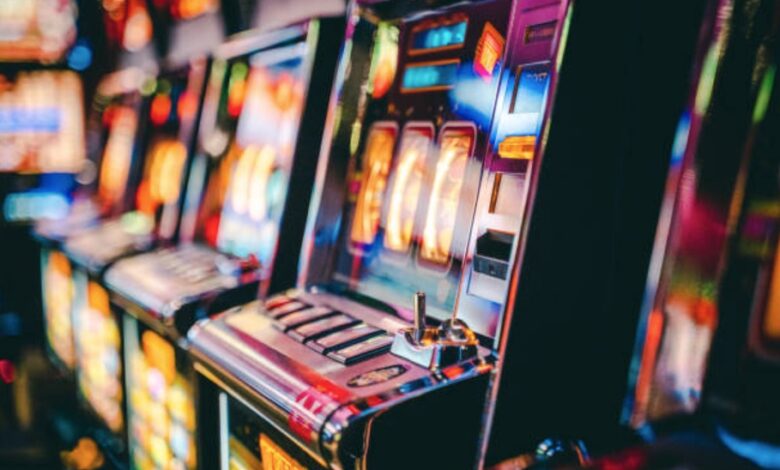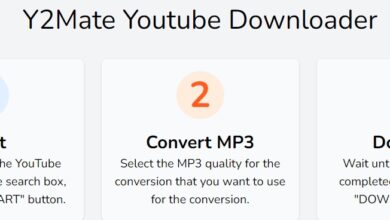Soundtrack For Quick Focus: Music That Helps Short Rounds Stay Calm

Short rounds ask for quick eyes and steady hands. The climb appears, a choice arrives, and the window closes. Music can either sharpen that window or smudge it. The difference comes down to tempo, loudness, and when the track steps back, so attention can lead. A simple audio routine turns background noise into a tool that supports clean exits and predictable sessions.
Why Tempo Shapes Decisions
Tempo sets breathing. Breathing sets timing. When a playlist holds a steady pulse, thumbs move with less second-guessing, and the exit lands closer to plan. Think about the round flow in beats. A moderate tempo settles nerves while keeping reactions alert. Very fast tracks push haste. Very slow tracks invite drift. Readers who want a plain starting point and then read more on game modes can treat tempo like a metronome for decision style. Calm capture nights like mid-tempo. Test nights that practice patience can use slightly slower patterns that leave space for a single beat before the tap.
Lyrics matter too. Vocals pull language centers into the mix, and that steals a slice of attention right when the number climbs. Instrumental tracks or light vocal textures keep words out of the way so the exit call stays crisp. The goal is not silence. The goal is music that frames the moment without grabbing it.
Build A Session Playlist That Works
A playlist should behave like a helpful coach. Set it once. Let it guide your mood and rhythm as your hands do their work. This one list is all that is needed.
- Two or three instrumental tracks at a steady mid-tempo to open the block.
- One neutral ambient bed to cover room noise during attempts.
- A brighter cue track that plays only between rounds to mark a reset.
- One slightly slower piece for practice sets that train a one-beat hold.
- A short chime or soft percussion loop that signals the end of the window.
Each element has a job. The openers settle breathing. The ambient bed masks distractions without pushing speed. The cue track provides a clean break so the next attempt does not inherit the last mood. The slower piece supports discipline nights. The chime closes the chapter on time.
Headphones, Volume, And Room Control
If picture-in-picture video runs above the play view, route music to one earbud only. That keeps spatial awareness of the room while still giving a pulse for timing. In moving vehicles, anchor elbows against the torso and let the playlist carry a consistent beat that the bumps on the road cannot disrupt. When a room is already loud, drop the music to near-silent and let the ambient track do the masking. The brain needs a canvas, not a concert.
Micro Habits Before The First Tap
A short audio ritual signals the mind that the next minute is for action, not scrolling. Start with a single breath in for four counts and out for four while the opener track begins. Place the thumb on the exit area once to feel the edges. Scan the number zone and then return eyes to the control. On the next bar of the song, the first attempt starts. This tiny dance connects music and motion so the call arrives on a beat the body expects.
Between attempts, let the cue track run for a few seconds. That mark is a soft divider that prevents rushed restarts after a sharp miss or a surprising spike. If attention feels jittery, switch to the slower piece for one practice round with a fixed one-beat hold. Then return to the plan. The ritual is not about luck. It is about removing random starts, so every attempt begins in the same calm posture.
When To Turn Music Off
Silence is also a tool. Some moments require full attention without any external cues. If eyes keep chasing the lyric even after a switch to instrumentals, pause the playlist for the rest of the block. If a round requires a narrow manual exit within a very small window, disable audio for that single attempt and restore it during the reset. On long nights, if fatigue sets in and the beat starts to bully timing, let the ambient bed hold the space while the rest of the tracks wait for tomorrow.
Another good time for silence is the final minute. Ending without music reinforces that the block is over. The chime or soft percussion loop can still close the book. Then the device returns to the lobby with the layout unchanged and the plan ready for the next visit.
A Small Review That Improves The Next Session
Notes are most useful when they fit on one line. After the block, write one sentence that links audio to feel. For example, the music is too fast and rushed. Or ambient bed perfectly exists calm. If the cue track feels distracting, consider renaming it a reset chime and reducing its length. If instrumentals still pull focus, try tracks with fewer high-frequency details so the ear does not chase them. Adjust one variable per day. Small edits teach faster than rewrites.
Over a week, the playlist becomes a personal tool that matches decision style. Calm capture nights keep mid-tempo. Practice nights lean on the slower piece. Social nights use the ambient bed to mask chatter and keep gestures steady. No tricks, no myths, no heavy theory. Just audio shaped to support a clean call at the right second.
The Quiet Edge
Music should make decisions easier, not louder. A steady pulse sets breathing. Instrumentals protect focus. One cue track marks resets. Headphones and volume live at a level where cues stay clear and nerves stay low. A short ritual ties the first tap to a beat so actions feel deliberate. Silence steps in when precision matters most. With that setup, short rounds stop competing with the room and start coexisting with it. The hand listens to a rhythm that keeps exits honest. The mind enjoys a soundtrack made for calm, not for chaos.


